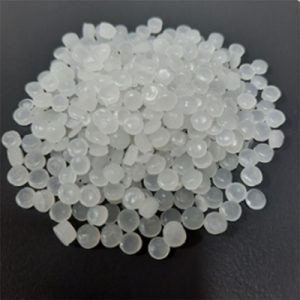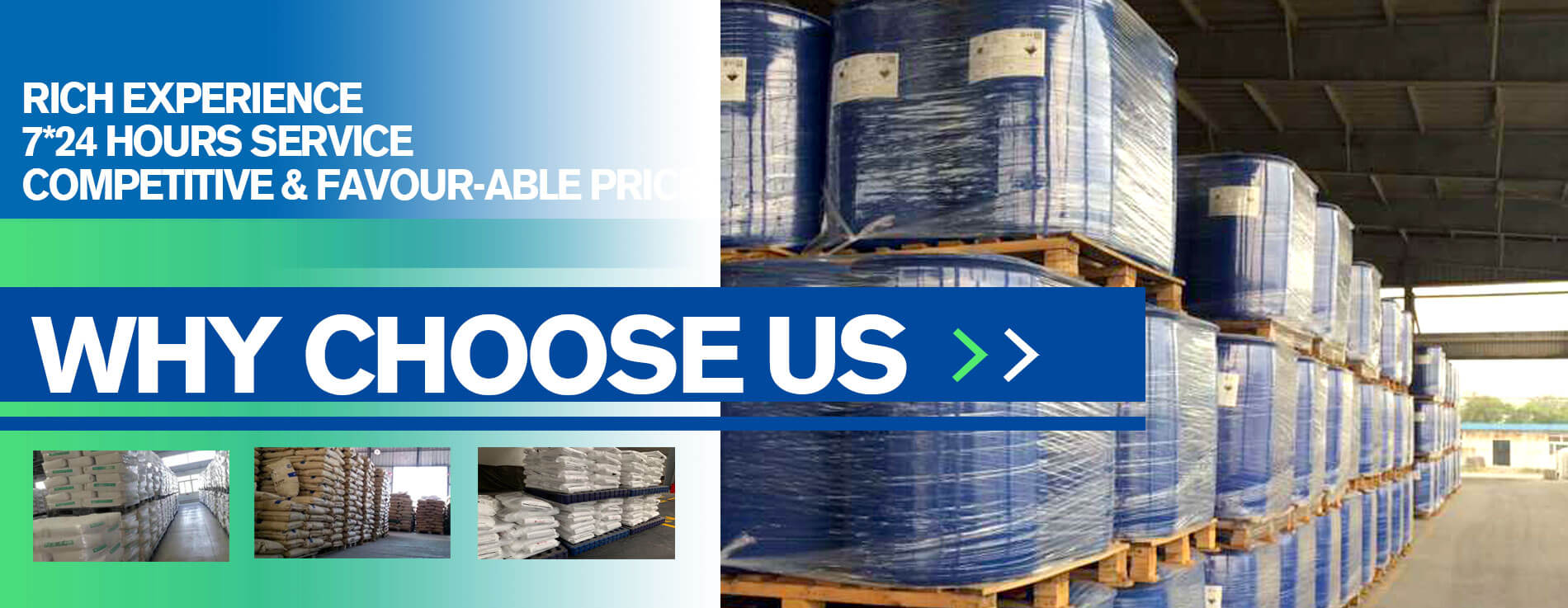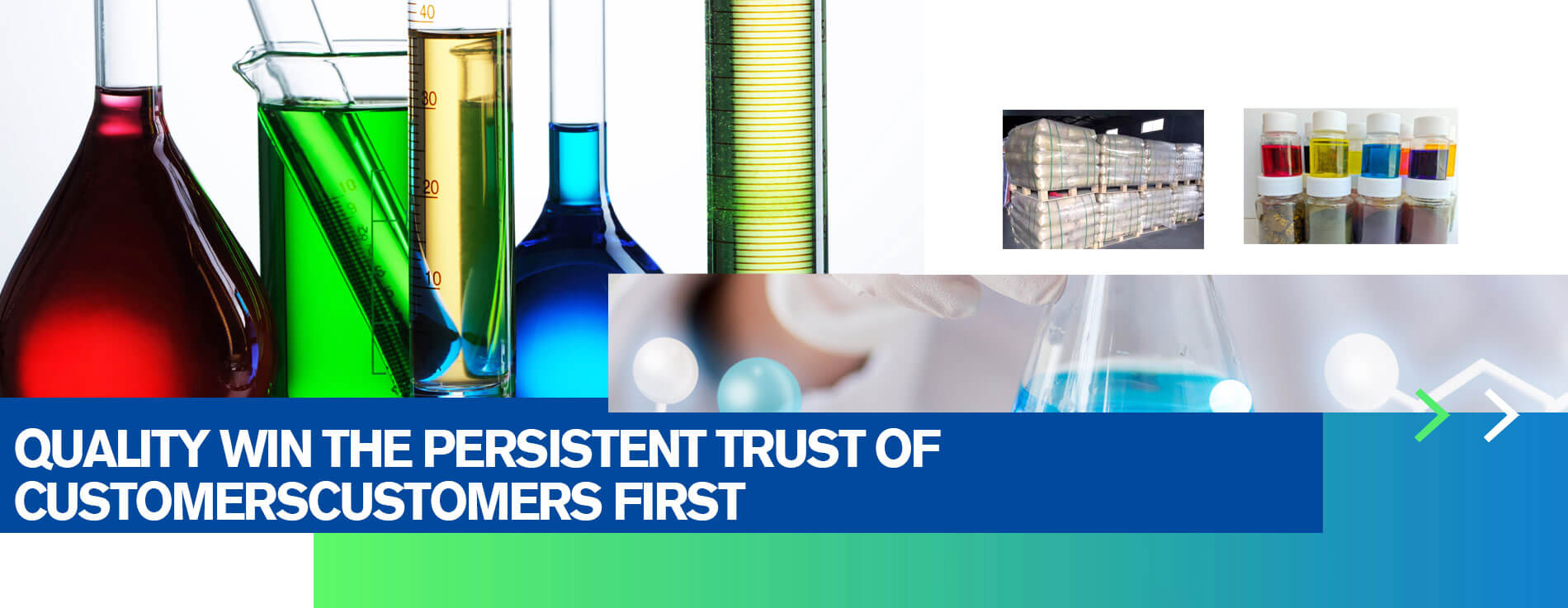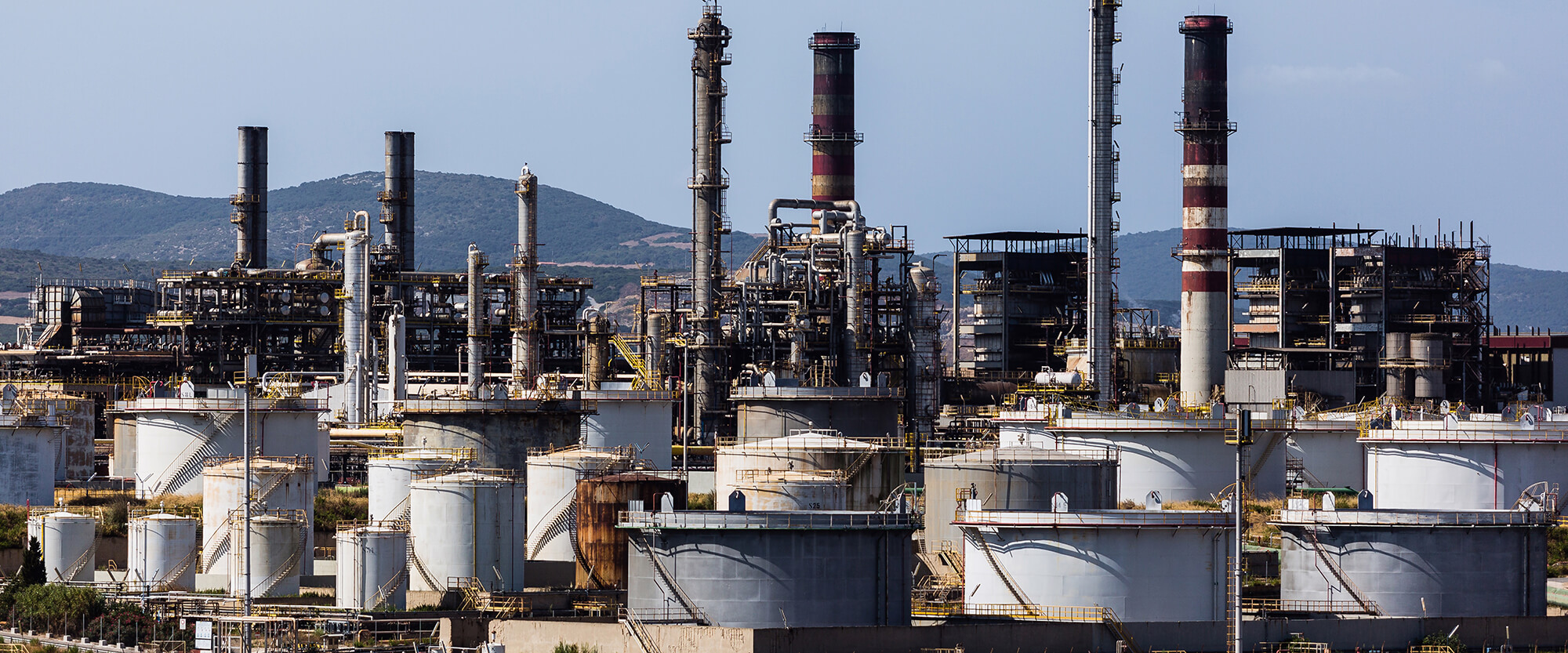Polypropylene Resin QP73N

Specifications
| Technical Item | Superior quality | Qualified product | Experiment method |
| Cleanliness, color g/kg | ≤ 10 | ≤ 15 | SH/T 1541-2006 |
| Large and small grains | ≤ 10 | ≤ 10 | SH/T 1541-2006 |
| MFR,g/10min | 8.0~10.0 | 7.0~12.0 | GB/T 3682-2000 |
| Tensile Yield Strength Mpa | ≥ 24.0 | ≥ 24.0 | ASIMD 638-03 |
| Notched Izodimpact Strength-20℃KJ/m2 | ≥ 3.5 | ≥ 3.0 | GB/T 1843-1996 |
| Flexural Modulus MPa | ≥1100 | ≥1100 | GB/T 9341-2000 |
Packing & Storage
| Packing | Packed in polypropylene woven bag with inner coating, the net content of each bag is 25kg. | |||||||
| Storage | Polypropylene resin should be stored in a ventilated, dry, clean, and well-maintained warehouse with good fire-fighting facilities. When storing, keep away from heat sources and prevent direct sunlight. It is strictly forbidden to store in the open air. | |||||||
| Transportation | Sharp tools such as iron hooks are prohibited during transportation, loading, and unloading. During transportation should be kept clean, dry, and equipped with compartments or clothes. It shall not be mixed with sand, broken metal, coal, glass, etc. during transportation. | |||||||
Free Quote
At present, the company has more than 10 advanced production lines of the hollow glass microspheres with the annual production capacity of 15 thousand tons. To meet the demand of customers, the company can expand production capacity as soon as possible within 20 days. 6S principles Implemented in the production systems.
For samples, pricing, or more information, please call us at 0086 25 51192301 or mail to info@ascent-chem.com or fill out the following form. We will respond to you as soon as possible.
Tel: 0086 25 51192301
E-mail: info@ascent-chem.com


General Information
| Common Names | PP QP73N, Polypropylene Resin QP73N, | |||||||
| Structure | (C3H4O2)x | |||||||
| CAS No. | 9003-01-4 | Boiling Point (℃) | 116ºC | |||||
| Molecular Weight | 2000(Average) | Melting Point (℃) | 106ºC | |||||
| Appearance | White Powder | Density | 1.09 (30% aq.) | |||||
| HS Code | 3906909090 | Flash Point (ºF) | 61.6ºC | |||||
| Solubility | Easily soluble in various organic solvents | LogP | 0.25700 | |||||
| Safety Phrases | S24/25 | ||
| RIDADR | UN 3265 8/PG 3 | ||
| WGK Germany | 3 | ||
| Hazard Codes | C: Corrosive;T: Toxic;Xi: Irritant; | ||
| RTECS | AT4680000 | ||
| FIRST AID | |
| Inhalation | If inhaled, move the patient to fresh air. If breathing stops, perform artificial respiration. Consult a doctor. |
| Skin | If inhaled, move the patient to fresh air. If breathing stops, perform artificial respiration. Consult a doctor. |
| Eyes | Rinse thoroughly with plenty of water for at least 15 minutes and consult a doctor. |
| Ingestion | Never feed anything through the mouth to the unconscious person. Rinse your mouth with water. Consult a doctor.Consult a doctor. |
The industrial synthesis methods of PP resin include solution, bulk, and gas phase. The propyl terminal with more than 99% purity is often used as raw material. In the alkyl warp (burned, heptane realm): TOL and (CH5) 2AICI are used as catalysts, hydrogen is the relative molecular mass regulator, and coordination polymerization is carried out at 50C and 1MPa pressure.
Frequently Asked Questions
Application of Polypropylene Resin QP73N
Polypropylene Resin QP73N is a specific type of polypropylene resin that can be used in various applications. Here are some common applications where Polypropylene Resin QP73N may be used:
1. Injection Molding: Polypropylene Resin QP73N is commonly used in injection molding processes to manufacture various products such as automotive parts, household appliances, packaging containers, and consumer goods. Its properties, including high stiffness, good impact, and chemical resistance, make it suitable for these applications.
2. Blow Molding: This resin can also be used in blow molding processes to produce hollow plastic products like bottles, containers, and industrial tanks. The excellent processability and low density of polypropylene make it an ideal material for blow molding applications.
3. Film and Sheet Extrusion: Polypropylene Resin QP73N can be used in film and sheet extrusion processes to produce packaging films, labels, laminates, and other thin plastic sheets. It offers good clarity, low moisture absorption, and high tensile strength, making it suitable for such applications.
4. Fiber Spinning: Polypropylene Resin QP73N can be spun into fibers using techniques like melt spinning. These fibers find applications in non-woven fabrics for geotextiles, filtration media, hygiene products (diapers), and carpet backing.
5. Thermoforming: Thermoforming is a process that shapes thermoplastic sheets into various products like trays, containers, and automotive interior parts. Polypropylene Resin QP73N’s ability to maintain its shape and structural integrity during thermoforming makes it a suitable choice for these applications.
6. Automotive Applications: The high impact resistance and chemical resistance of Polypropylene Resin QP73N make it well-suited for various automotive applications, including interior trims, door panels, dashboards, and battery cases.
7. Electrical and Electronic Components: Polypropylene Resin QP73N can be used to produce electrical and electronic components such as connectors, housings, and insulators due to its electrical insulation properties, chemical resistance, and dimensional stability.
Contact Us
TEL: 0086 25 51192301
EMAIL: info@ascent-chem.com
EMAIL: sophiahoney247@gmail.com
Copyright © Ascent Sbr All Rights Reserved.

